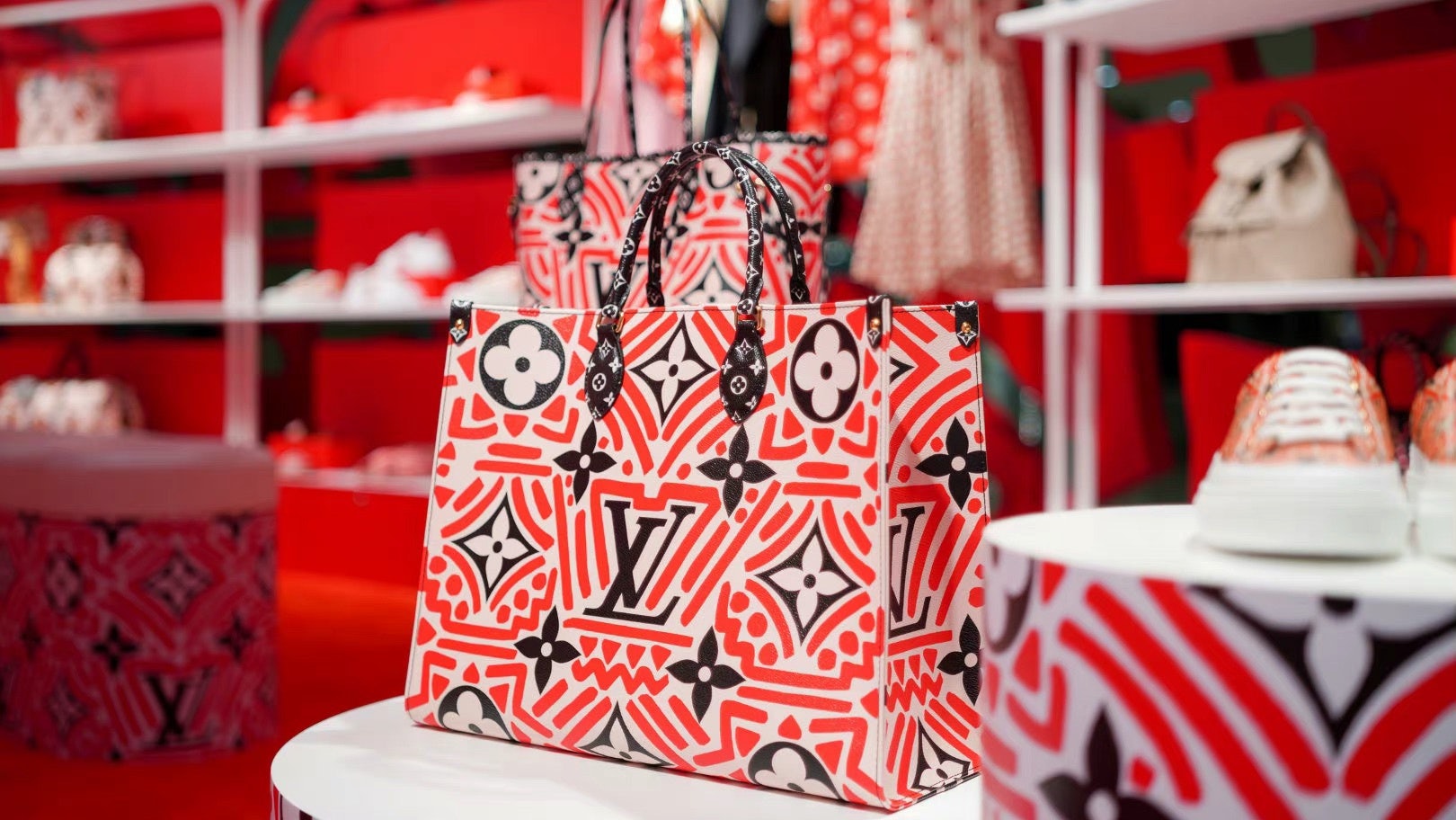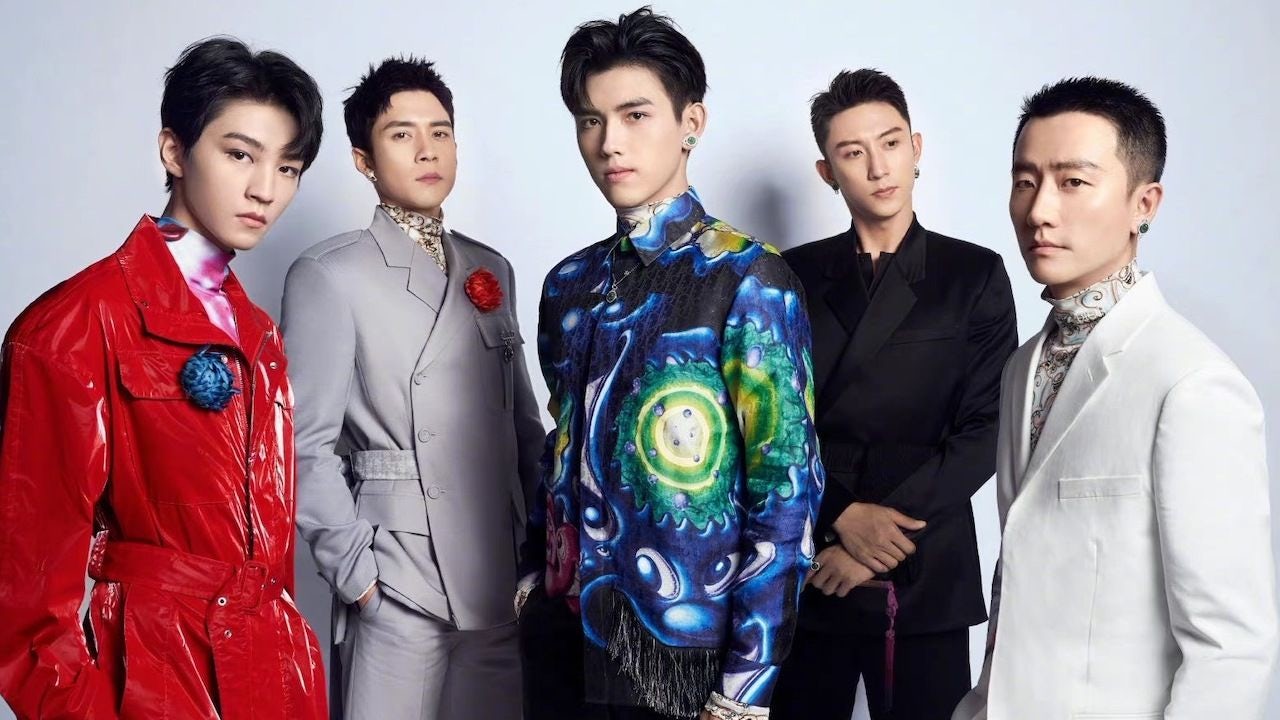What happened
A recent China Youth Daily survey indicates that 96 percent of the 2,012 participants are willing to pay for China-Chic design products, a style that evokes classic Chinese designs.
And the results also showed younger demographics, like Gen Zers, shifting more toward this style, according to The Global Times. Among these findings, 32.4 percent of respondents were born in the 1990s and 22.1 percent in the 2000s. Meanwhile, the survey shows that 92.4 percent of them expect more elements of Chinese design on the market.
The Global Times also points toward data collected in May by Baidu, which shows that younger Chinese consumers have taken notice of brands, animation, and technology created in China.
Zhichen, a China-Chic style enthusiast, told The Global Times that the style “gives a sense of confidence because it symbolizes our culture.”
The Jing Take
: The China-Chic style presents a valuable opportunity for Western brands looking to gain competitive advantages in China. However, just because there’s a market opportunity doesn’t mean all luxury brands should embrace the China-Chic style.
Quirky brands like Moschino or avant-garde, Gen-Z-friendly luxury houses like Gucci and Louis Vuitton are more fit for the trend. In fact, these brands have successfully incorporated contrasting cultural elements in their designs and envisioned collections that evoke an aesthetic appreciation for China and the Asian continent. Premium and independent brands would also greatly benefit from co-branding campaigns.
By partnering with leading local designers, artists, and cultural institutions, brands could increase their awareness and visibility and create a new cross-cultural design that has mass appeal and incorporates different cultural perspectives, symbols, and values.
The Jing Take reports on a piece of the leading news and presents our editorial team’s analysis of the key implications for the luxury industry. In the recurring column, we analyze everything from product drops and mergers to heated debate sprouting on Chinese social media.

